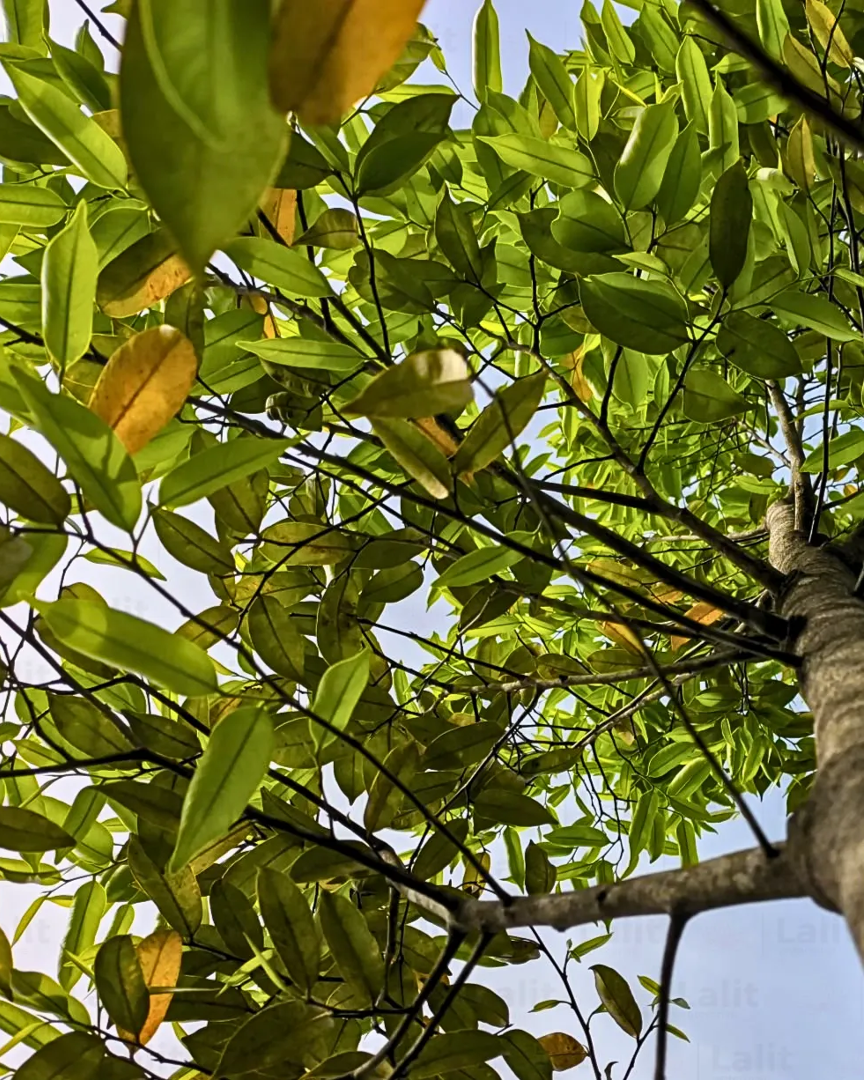Agarwood
- Family: Thymelaeaceae
- Local Names: Agarwood, scientifically known as Aquilaria, is recognized by various local names across different regions. In Hindi, it is called Agar or Aquilaria. In Bengali, it is known as Agar or Ghorpadi. Tamil speakers refer to it as Agaru or Karupuravalli, while in Telugu, it is called Agar or Chandanapathri. Kannada speakers use the names Agar or Karube, and in Malayalam, it is known as Agar or Karuppuravalli. In Marathi and Gujarati, it is commonly referred to as Agar or Agarwood.
Description
Agarwood is a medium-sized tree that typically reaches heights of 20 to 30 meters. It is distinguished by its dense, dark brown or black heartwood, which is highly aromatic. The tree features simple, alternate, elliptical leaves with a glossy appearance. It produces small clusters of white or greenish flowers and bears oval fruits. The heartwood, which develops its distinctive fragrance, is a key feature of the tree.
Ecology
Agarwood thrives in tropical rainforests and humid climates, with a natural range including Southeast Asia. It is commonly found in countries such as India, Indonesia, Malaysia, and Thailand. The tree prefers loamy to sandy soils with good drainage and can tolerate a range of soil pH levels, although it grows best in neutral to slightly acidic soils. Its ecological role includes contributing to the biodiversity of tropical forests.
Tree Management
Agarwood management begins with propagation, which can be achieved through seeds or vegetative methods like cuttings. Seedlings are usually grown in a nursery before being transplanted. The tree prefers well-drained soils and a tropical climate, making a sunny location ideal for planting. Regular pruning is essential for maintaining the tree's shape and health and also enhances resin production.
Timber
The timber of Agarwood is highly prized for its fragrance and is used in crafting high-quality carvings, furniture, and decorative items. The heartwood is particularly valued for luxury products due to its unique aroma and durability. The wood's distinctive qualities make it sought after in the high-end market for both functional and ornamental uses.
Shade or Shelter
Agarwood trees provide substantial shade and can be effectively utilized in agroforestry systems. Their dense canopy offers shelter and contributes to reducing soil erosion. As a shade tree, Agarwood supports the cultivation of other plants and improves the microenvironment of its surroundings.
Medicine
In traditional medicine, Agarwood is recognized for its therapeutic properties, including anti-inflammatory, antimicrobial, and anti-anxiety effects. It is often used in aromatherapy and as a remedy for respiratory issues. The medicinal uses of Agarwood include essential oils, tinctures, and powdered forms, reflecting its diverse applications in health and wellness.
Gum or Resin
Agarwood is renowned for its aromatic resin, which is used in perfumes, incense, and traditional medicine. Resin production is stimulated by inducing fungal infections or making incisions in the wood, leading to the secretion of the resin. This valuable resin is collected and processed for various high-value uses, including fragrance and therapeutic applications.


